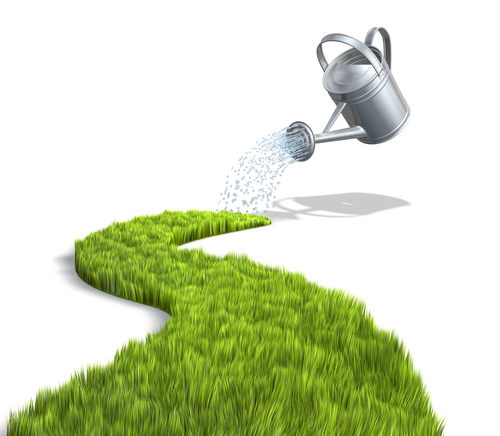This continues a series about investments into your home that save you money over the long term and add value to your home when it comes to selling. For part 1, see the post about under-floor heating.
 Rainwater harvesting is relatively straightforward – there are a variety of different systems, but the basics involve a tank and a waste water pump. In the past such systems have been used to supply water for your garden, but new technology means that they can now be plumbed into homes and used to wash clothes and flush toilets.
Rainwater harvesting is relatively straightforward – there are a variety of different systems, but the basics involve a tank and a waste water pump. In the past such systems have been used to supply water for your garden, but new technology means that they can now be plumbed into homes and used to wash clothes and flush toilets.
Using these systems can dramatically reduce your water bills, and in some cases almost halve them. Collecting rain from the sky, a rainwater harvesting tank can store and filter up to around 6500 litres of water – a lot when you compare it to your average water butt, which holds just 200 litres.
The Graf System
With this system you can harness rainwater to use in the home for washing, cleaning, flushing toilets and using in the garden. It will involve excavating your garden to bury a water storage tank. The tank is self-cleaning, and one that holds 2700 litres costs around £2500. Installation costs should come in at approximately £1000. You’ll also need a waste water pump, such as those listed here, which use around 10p of energy a week in an average three-bedroom house.
The Ifore Rainwater Harvesting System
An alternative to the Graf system is the Ifore system. This one is installed in the loft of your home and gathers water straight from the roof by replacing four roof panels with a drain. It’s simple to install, and in comparison to the Graf system it’s fairly cheap, costing under £2000 to purchase and install. However, the tank is size-limited at only 455 litres, so in dry periods it’s likely you’ll need to use your mains water supply. There’s very little maintenance to be carried out on the system, and the impact on your bills can be big, with an estimated average saving of around 40 per cent.
 Astroturf Lawns and Rainwater Harvesting Systems
Astroturf Lawns and Rainwater Harvesting Systems
Watering your garden can be costly during drier spells, and it can account for around half of the water we use during the summer months. If you want to harvest a significant amount of rainwater to water your garden, one option is to have Astroturf grass fitted with a water tank underneath.
The Astroturf acts as a filter for rainwater, and beneath it lies a self-cleaning water tank. Unlike traditional water tanks, these are not very deep but can be as wide as the area of grass. On average they don’t hold as much water as systems like the Graf system, but they also don’t need a large area to be excavated as long as you’re happy with Astroturf. So they could even be fitted in a small front garden.
It can be quite expensive to have the system installed along with the added cost of Astroturfing the area, but if you’re considering having Astroturf in the first place, then it could be a really good option.
Using a Waste Water Pump
Pumps are a crucial element of rainwater harvesting systems, enabling water to be used around the home and garden simply and efficiently. Combining new technology in water tanks and pump systems allows us to make the most of a natural resource that could otherwise be wasted, and can cut your bills at the same time. There are lots of different types available, so there’s something to meet the needs of every system.
You must log in to post a comment.